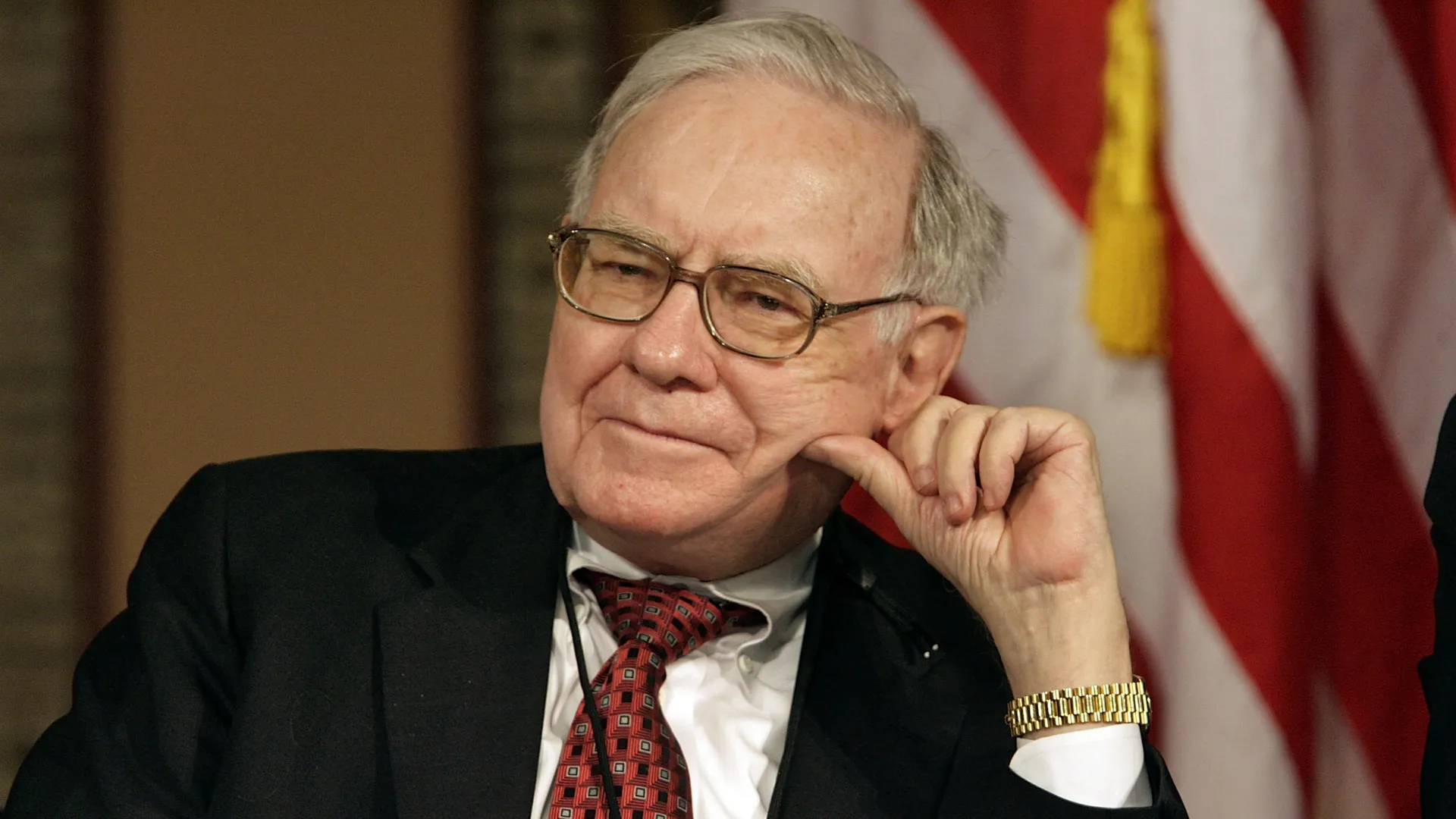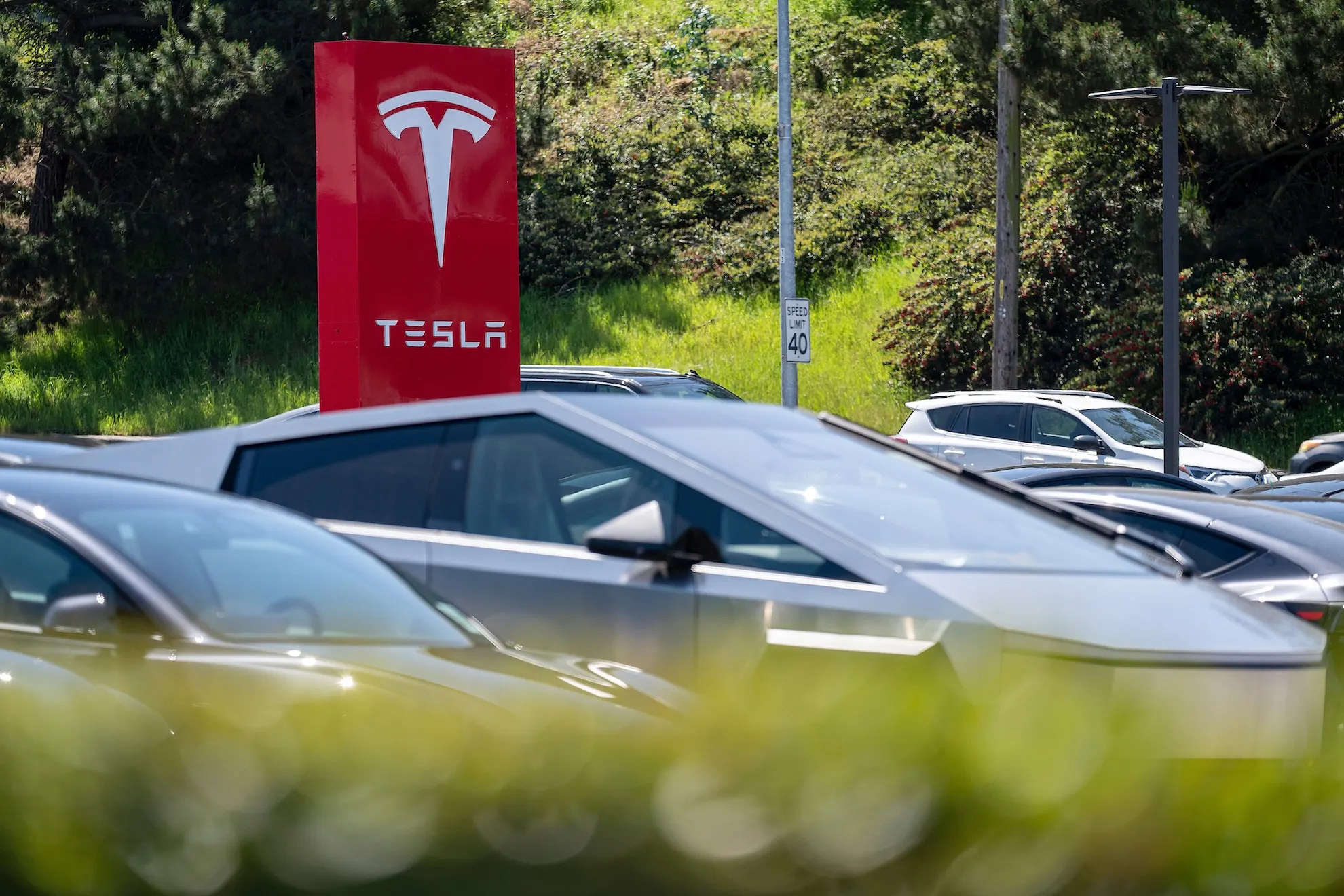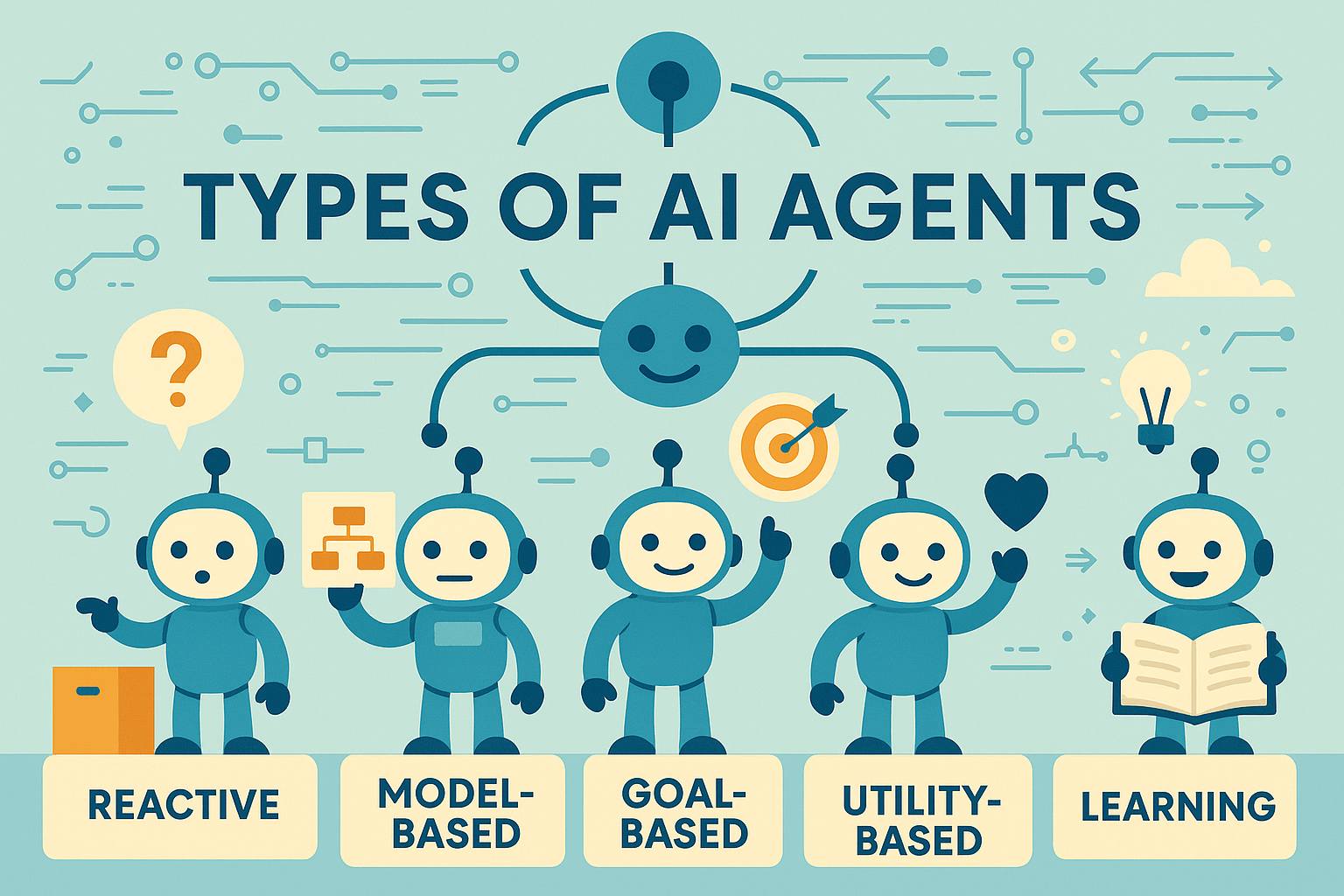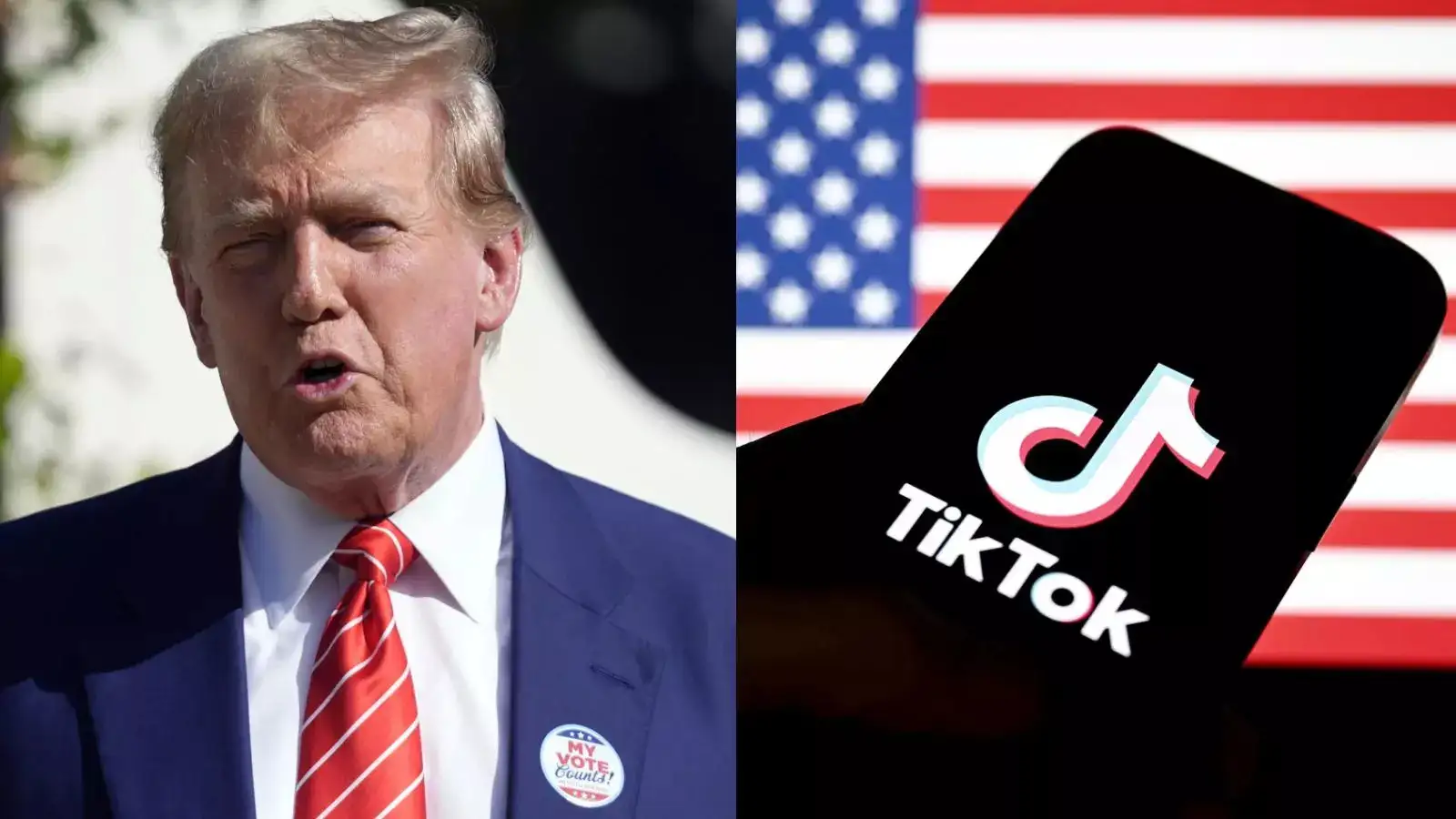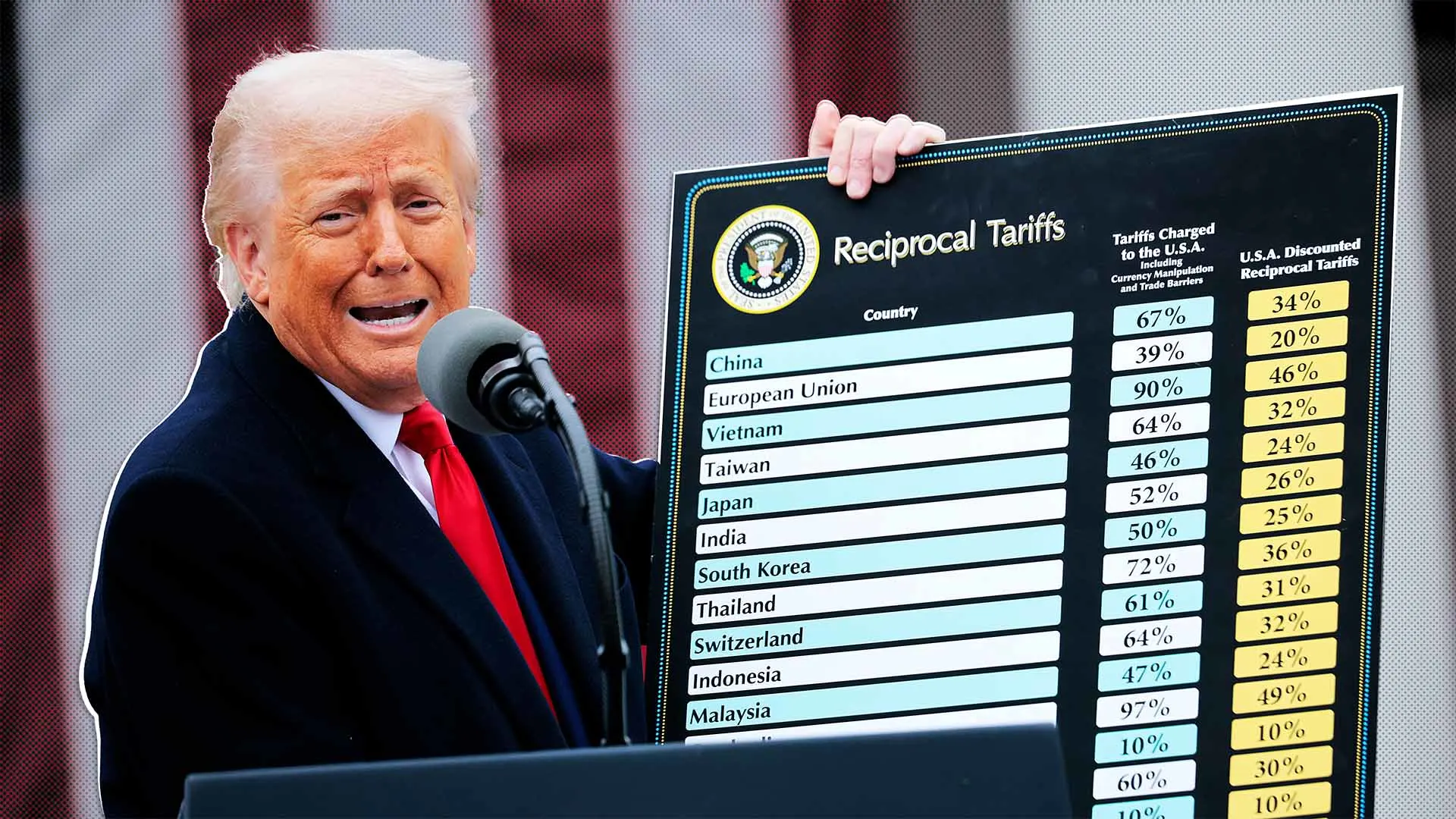Now Reading: Elon Musk Resigns from White House Role Amid Tesla’s Market Struggles
-
01
Elon Musk Resigns from White House Role Amid Tesla’s Market Struggles
Elon Musk Resigns from White House Role Amid Tesla’s Market Struggles
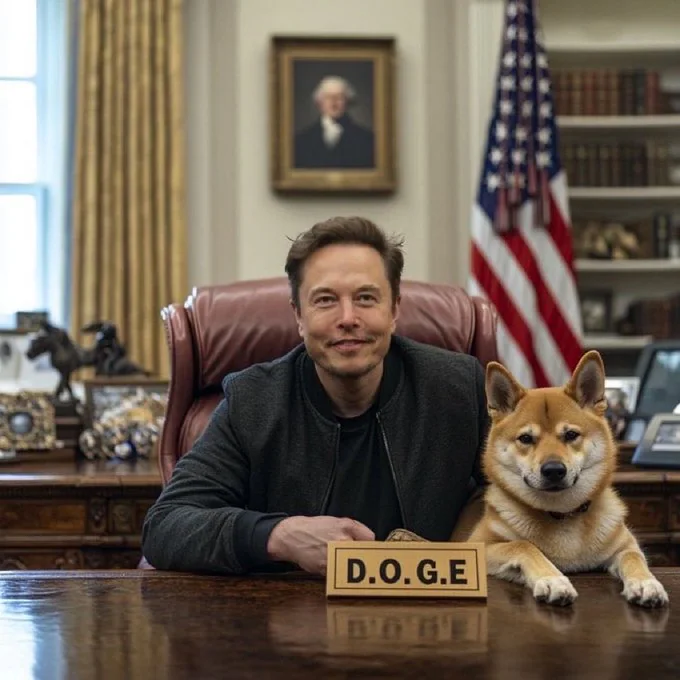
Table of Contents
Elon Musk, the CEO of Tesla and SpaceX, has been at the center of recent developments involving his governmental role and the performance of his companies. Reports have emerged suggesting that Musk is set to resign from his advisory position in the White House’s Department of Government Efficiency (DOGE) in the coming weeks. This decision comes amid a series of challenges for both Musk and Tesla, including declining sales, public protests, and political controversies.
Elon Musk’s Role in the Department of Government Efficiency
The Department of Government Efficiency (DOGE) was established with the goal of streamlining operations within federal agencies. Musk’s involvement in DOGE has been marked by efforts to implement cost-cutting measures and personnel reductions across various departments. These actions, while aimed at enhancing efficiency, have been met with significant public backlash. Critics argue that the measures have led to job losses and diminished public services, fueling widespread dissatisfaction.
Tesla’s Financial Performance
Tesla recently reported a 13% year-over-year decline in vehicle deliveries for the first quarter of 2025, totaling 336,681 vehicles. This represents the company’s worst quarterly performance in nearly three years and fell short of analysts’ expectations, which ranged from 360,000 to 370,000 units. Analysts have described the results as disastrous, noting that the severity exceeded already modest expectations. The decline is attributed to several factors, including production adjustments for new models and significant sales drops in key markets such as Europe and China. In Europe, Tesla’s market share plunged from 17.9% to 9.3%, with Germany experiencing a particularly sharp sales drop. Additionally, production issues, including a temporary factory shutdown in the U.S. to upgrade Model Y production lines, have contributed to the downturn.
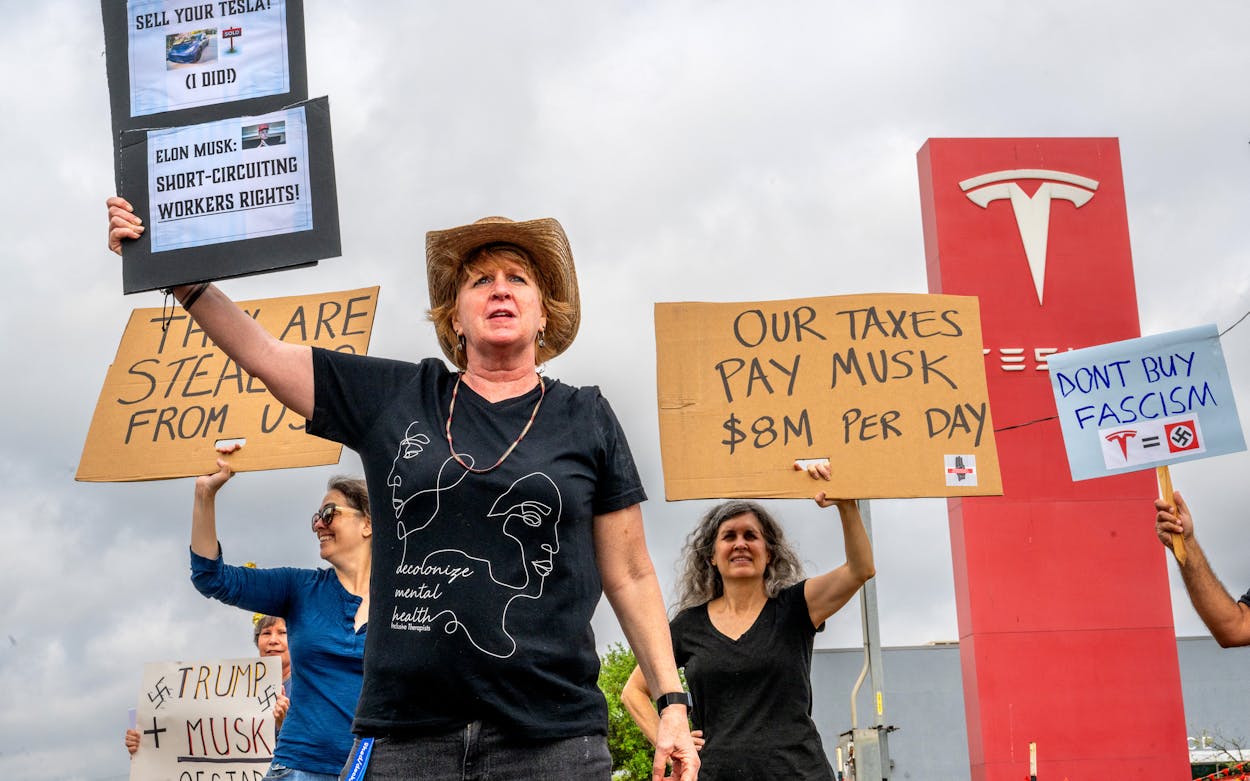
Public Protests and the ‘Tesla Takedown’ Movement
Elon Musk’s political engagements and controversial statements have intensified public scrutiny, giving rise to a grassroots protest movement called “Tesla Takedown” in early 2025. This decentralized movement has organized demonstrations at Tesla stores across the U.S., Canada, Europe, and Australasia, urging consumers to sell their Tesla vehicles and divest from Tesla stock as a form of economic protest. Their primary aim is to undermine Musk’s political influence through financial pressure.
While the movement initially promoted peaceful demonstrations, some protests have escalated into violent incidents targeting Tesla properties. Critics cite Musk’s policies and association with the Trump administration as key reasons for their activism, further fueling public tensions. The growing influence of political factors on the tech industry is not unique to Musk—other major companies, such as TikTok, have also faced intense government scrutiny and legal battles.
These protests add to the mounting challenges for Tesla, raising concerns among investors and industry analysts about the company’s ability to navigate an increasingly polarized market.
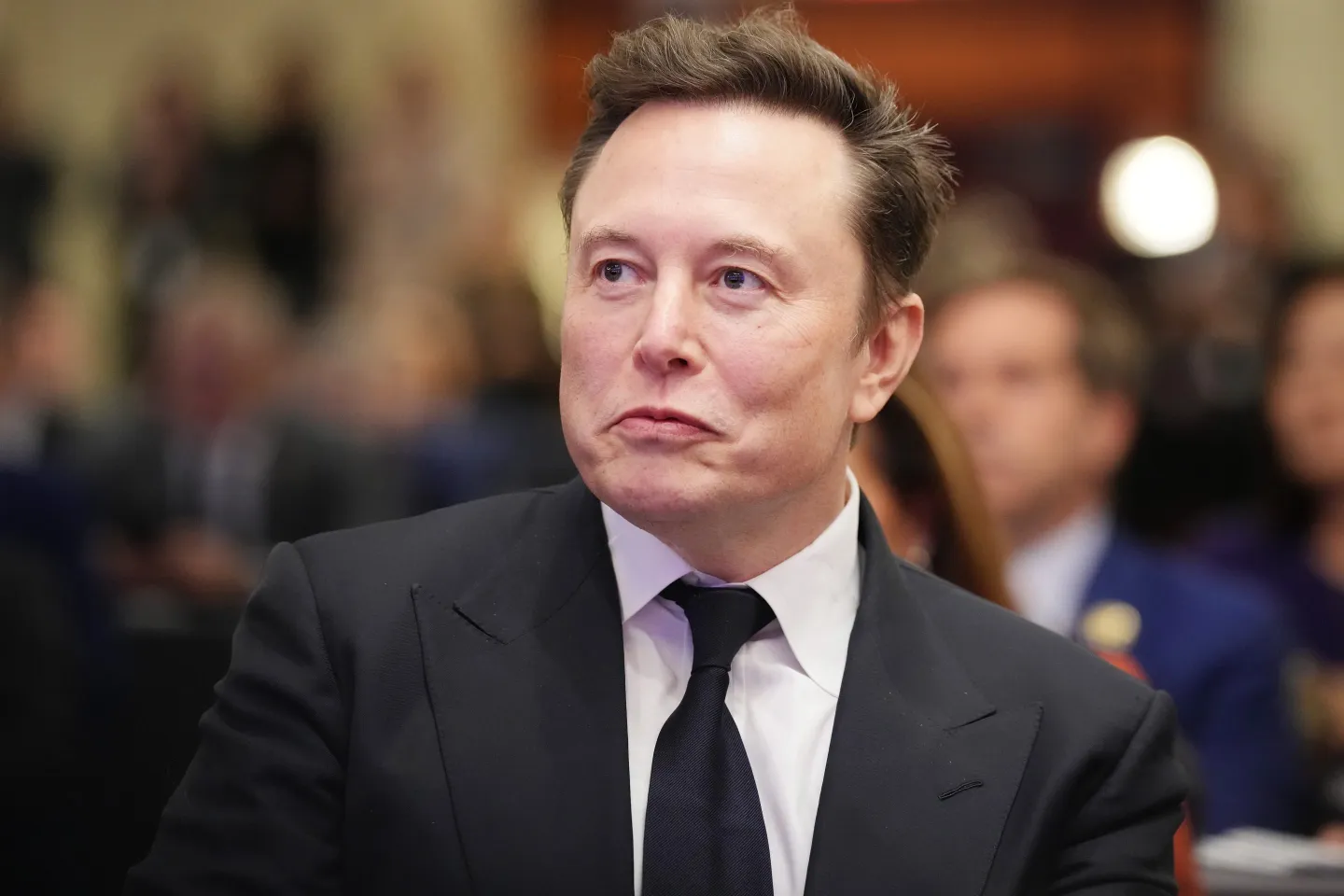
Conflicting Reports on Musk’s Resignation
Reports regarding Musk’s potential resignation from his governmental role have been conflicting. Some sources indicate that Musk’s departure is a mutual agreement aimed at allowing him to refocus on his business ventures. President Donald Trump acknowledged the decision, expressing satisfaction with Musk’s contributions during his tenure.
However, the White House has denied these claims, stating that Musk will remain in his role until his work is complete. Musk himself has labeled reports of his impending resignation as “fake news,” asserting that he will not leave his government role at the end of May, despite discussions with President Trump.
Tesla’s Stock Performance
In response to the reports of Musk’s potential departure from his governmental role, Tesla’s stock experienced a brief surge, recovering from earlier losses. This uptick reflects investor sentiment that Musk’s focus will return to addressing the challenges facing his companies. Despite the recent rebound, Tesla’s total stock decline in Q1 2025 stands at 36%, wiping out $460 billion in market capitalization. This marks the third-largest quarterly drop since the company went public 15 years ago.
Future Outlook for Tesla
Despite these challenges, Musk remains optimistic about Tesla’s future. He has emphasized advancements in artificial intelligence, robotics, and self-driving technologies as key areas of focus. Musk has announced plans for an “unsupervised” robotaxi pilot in Austin and the development of a new, more affordable vehicle model, though specific details are yet to be disclosed.
As Musk navigates these multifaceted challenges, the focus will be on how he steers Tesla through its current obstacles and whether his renewed attention can guide the company back toward growth and stability. The coming months will be critical in determining the trajectory of both Musk’s career and Tesla’s performance in the highly competitive electric vehicle market.

